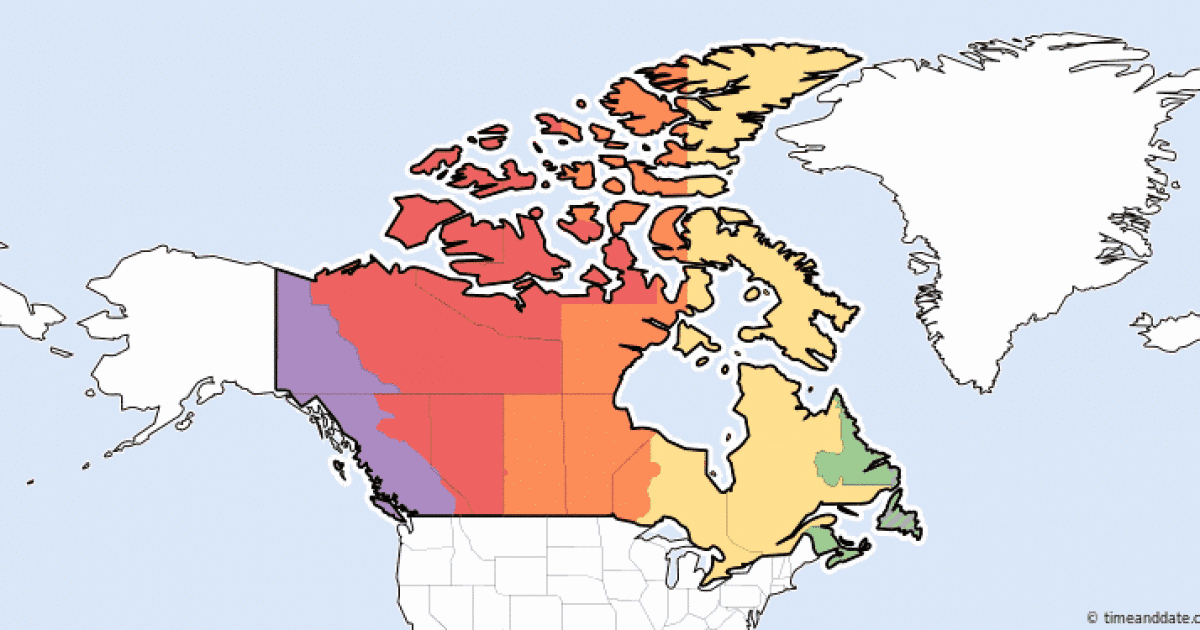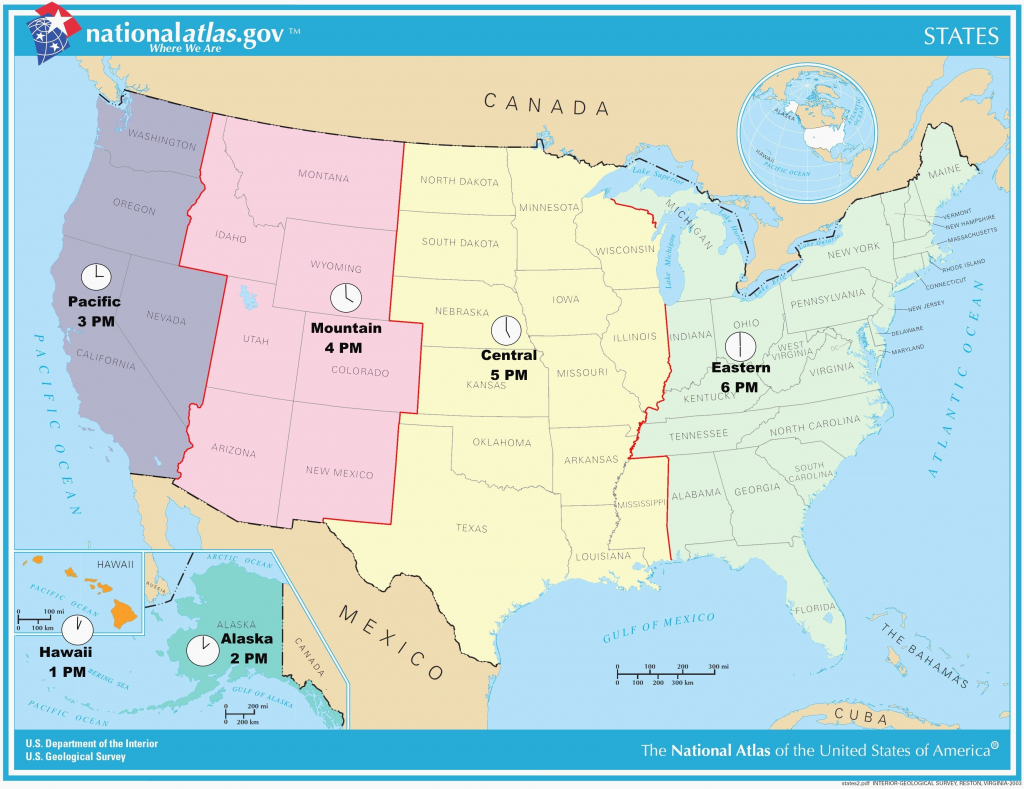

The Atlantic Standard Time is observed during the winter months whereas the Atlantic Daylight Time is observed during summer, autumn, and spring months. The Atlantic Time Zone refers to a time zone where a standard time is observed by subtracting 4 hours from the Coordinated Universal Time (UTC). During Daylight Saving Time, the Eastern Time’s offset is UTC-4.

The Eastern Standard Time is observed during the winter months whereas the Eastern Daylight Time is observed during the summer, autumn, and spring months. The Eastern Time Zone refers to a time zone where a standard time is observed by subtracting 5 hours from the Coordinated Universal Time (UTC). These areas follow the Central Standard Time throughout the year. These areas include the Canadian territory of Yukon major parts of the Canadian province of Saskatchewan some areas in the province of Quebec that are located to the east of the 63° westerly longitude some areas in the province of British Columbia and the Southampton Islands. Some areas in Canada do not follow Daylight Saving Time. During Daylight Saving Time, the Central Time’s offset is UTC-5. The Central Standard Time is observed during the winter months whereas the Central Daylight Time is observed during the summer, autumn, and spring months. The Central Time Zone refers to a time zone where a standard time is observed by subtracting 6 hours from the Coordinated Universal Time (UTC). This time zone has been named after the Rocky Mountains, which stretch from the northwestern part of Canada to the US State of New Mexico, and are entirely located within this time zone. During Daylight Saving Time, Mountain Time’s offset is UTC-6. The Mountain Standard Time is observed during the winter months whereas the Mountain Daylight Time is observed during the summer, autumn, and spring months. The Mountain Time Zone refers to a time zone where a standard time is observed by subtracting 7 hours from the Coordinated Universal Time (UTC). During Daylight Saving Time, Pacific Time’s offset is UTC-7. Likewise, the Pacific Standard Time is observed during the winter months while Pacific Daylight Time is observed during the summer months. A few Mexican border cities follow the USA daylight saving times.The Pacific Time Zone refers to a time zone where a standard time is observed by subtracting 8 hours from the Coordinated Universal Time (UTC) or the Greenwich Mean Time (GMT). Daylight saving time starting and ending dates are mostly different in Mexico comparing to Canada and the USA dates which are presented here. The Beginning and end dates of the daylight saving time in the United States and in Canada. The Navajo Nation, most of which lies within Arizona, does observe daylight saving time, although the Hopi Nation, as well as some Arizona state offices lying within the Navajo Nation, do not. Most of Arizona does not observe daylight saving time, and during the spring, summer, and autumn months, it is on the same time as Pacific Daylight Time, though it is still called Mountain Standard Time in Arizona. state of New Mexico, are located almost entirely in this time zone.Įffective since 2007, the local time changes from MST 02:00 to MDT 03:00 on the second Sunday in March and returns to MST at 02:00 MDT to 01:00 MST on the first Sunday in November. The name of the time zone refers to the fact that the Rocky Mountains, which range from northwestern Canada to the U.S. Specifically, it is Mountain Standard Time during winter, and Mountain Daylight Time when daylight saving time is observed. In the United States and Canada, Mountain Time Zone is generically called Mountain Time (MT).

This time is used during the daylight saving time, which is observed throughout the sunnier months of the year, during the spring, summer and autumn. Mountain Daylight Time (MDT) refers to time where six hours are subtracted from GMT (UTC/GMT -6). The clock time in this zone is based on the mean solar time of the 105th meridian west of the Greenwich Observatory. This is called Mountain Standard Time (MST). The Mountain Time Zone refers to time zone which observes time where seven hours are subtracted from GMT (UTC/GMT -7).


 0 kommentar(er)
0 kommentar(er)
